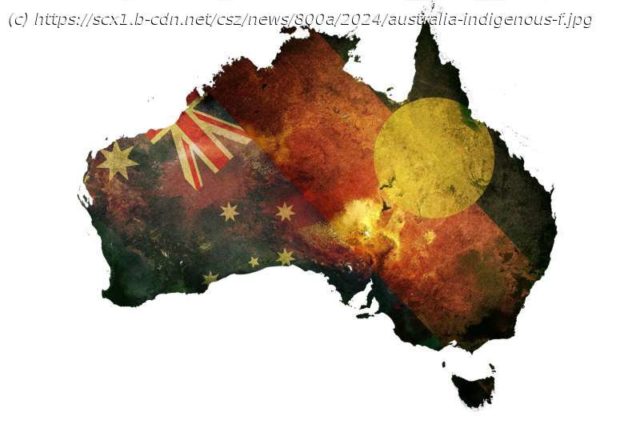Australia has a once-in-a-generation opportunity to halt and reverse biodiversity loss through ambitious law and policy reform.
Australia has a once-in-a-generation opportunity to halt and reverse biodiversity loss through ambitious law and policy reform.
The federal government is currently rewriting our national environmental laws and updating the overarching Strategy for Nature. The updated strategy will include, among other things, goals for the restoration of degraded areas.
Part of the impetus for this reform is the Kunming-Montreal Global Biodiversity Framework. This 2022 United Nations treaty was signed by almost 200 countries committing to address the biodiversity crisis. It includes a pledge to achieve 30% of degraded land, water, coastal and marine ecosystems « under effective restoration » by 2030.
But as we argue in our new correspondence in Nature Ecology and Evolution, this restoration target is wide open to interpretation at the domestic level. Some responses could be very ambitious, while others would barely shift us from the status quo. Australia has an opportunity to lead here. We can show the world how to restore land and water for the benefit of all.
The global framework contains 23 targets, to be « initiated immediately and completed by 2030 ».
The restoration target obliges countries to:
« Ensure that by 2030 at least 30% of areas of degraded terrestrial, inland water, and marine and coastal ecosystems are under effective restoration, in order to enhance biodiversity and ecosystem functions and services, ecological integrity and connectivity. »
At first glance, this 30% restoration target sounds like a huge and important step towards reversing biodiversity loss.
Home
United States
USA — IT Australia must lead the world on nature restoration through ambitious interpretation of...






